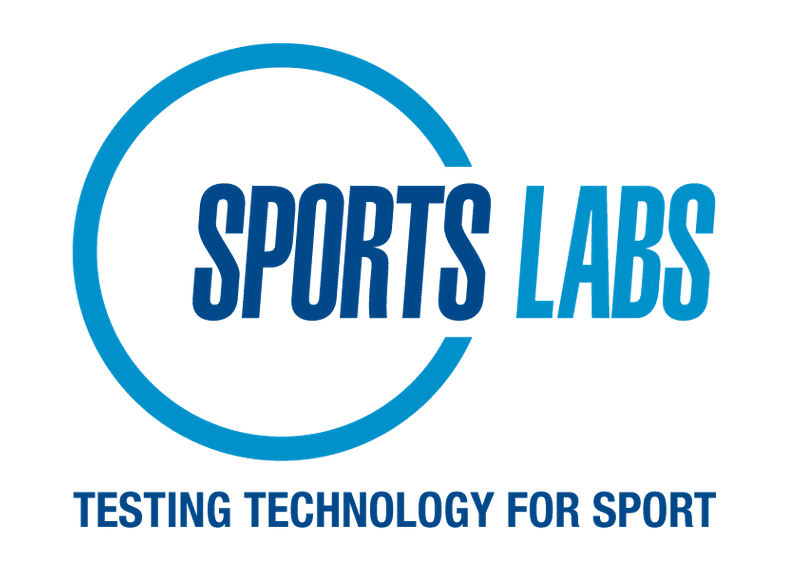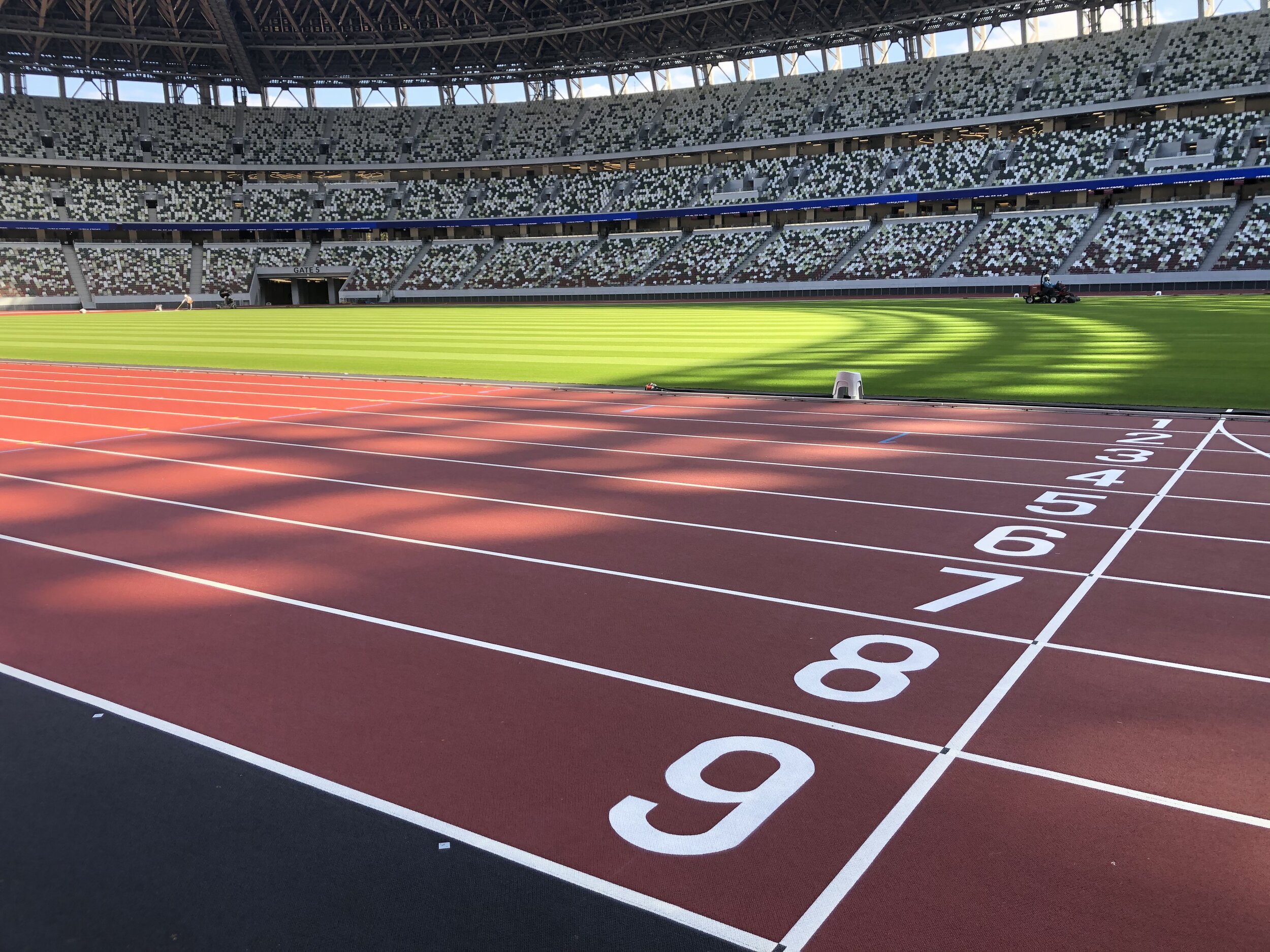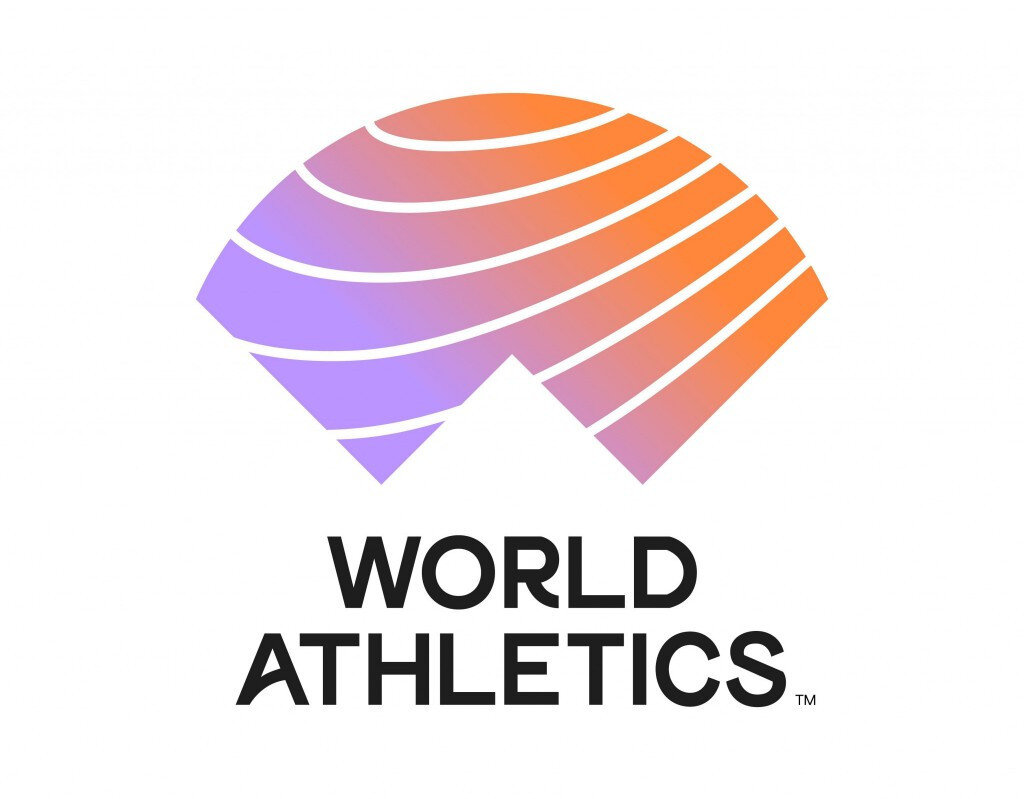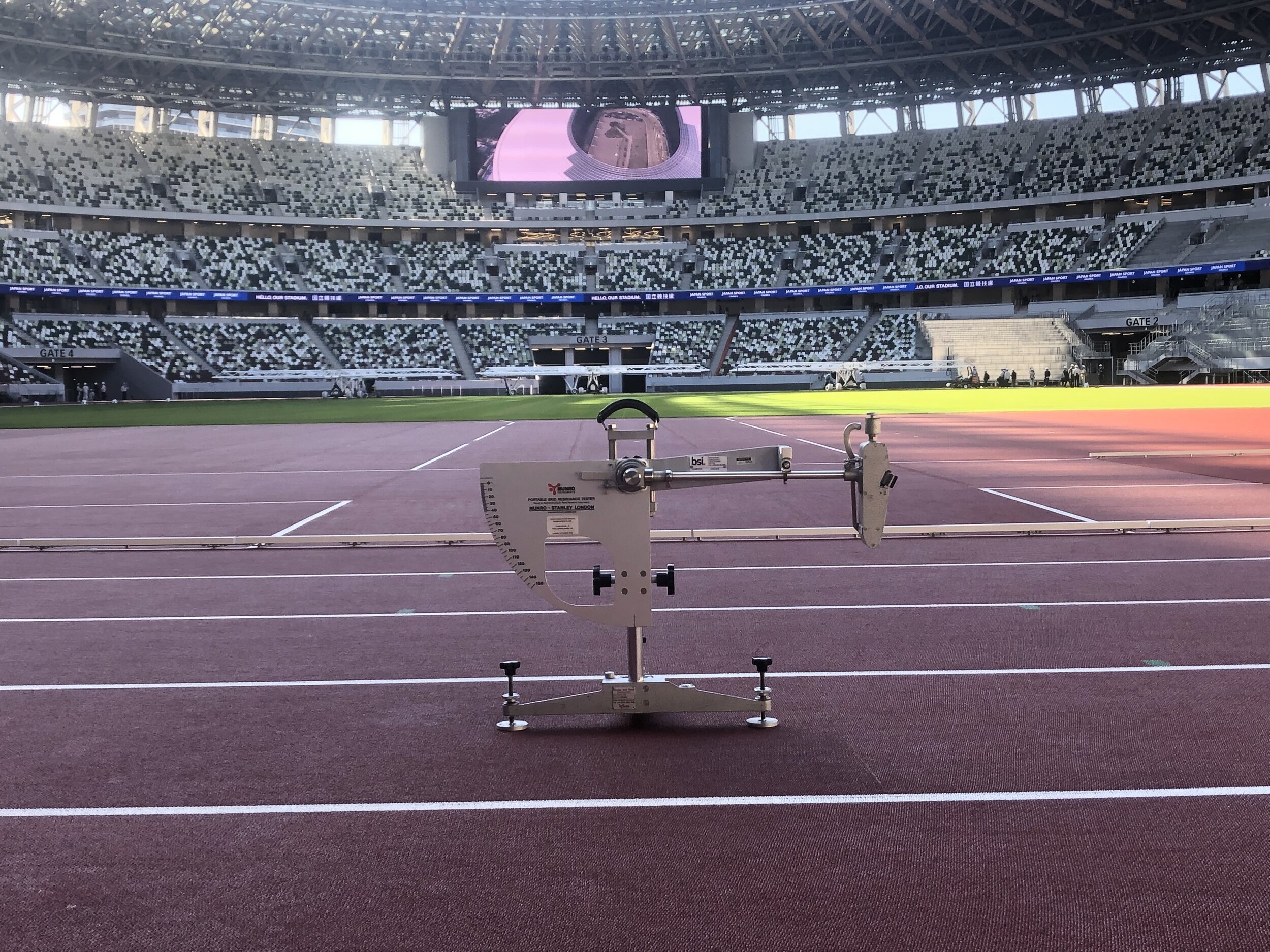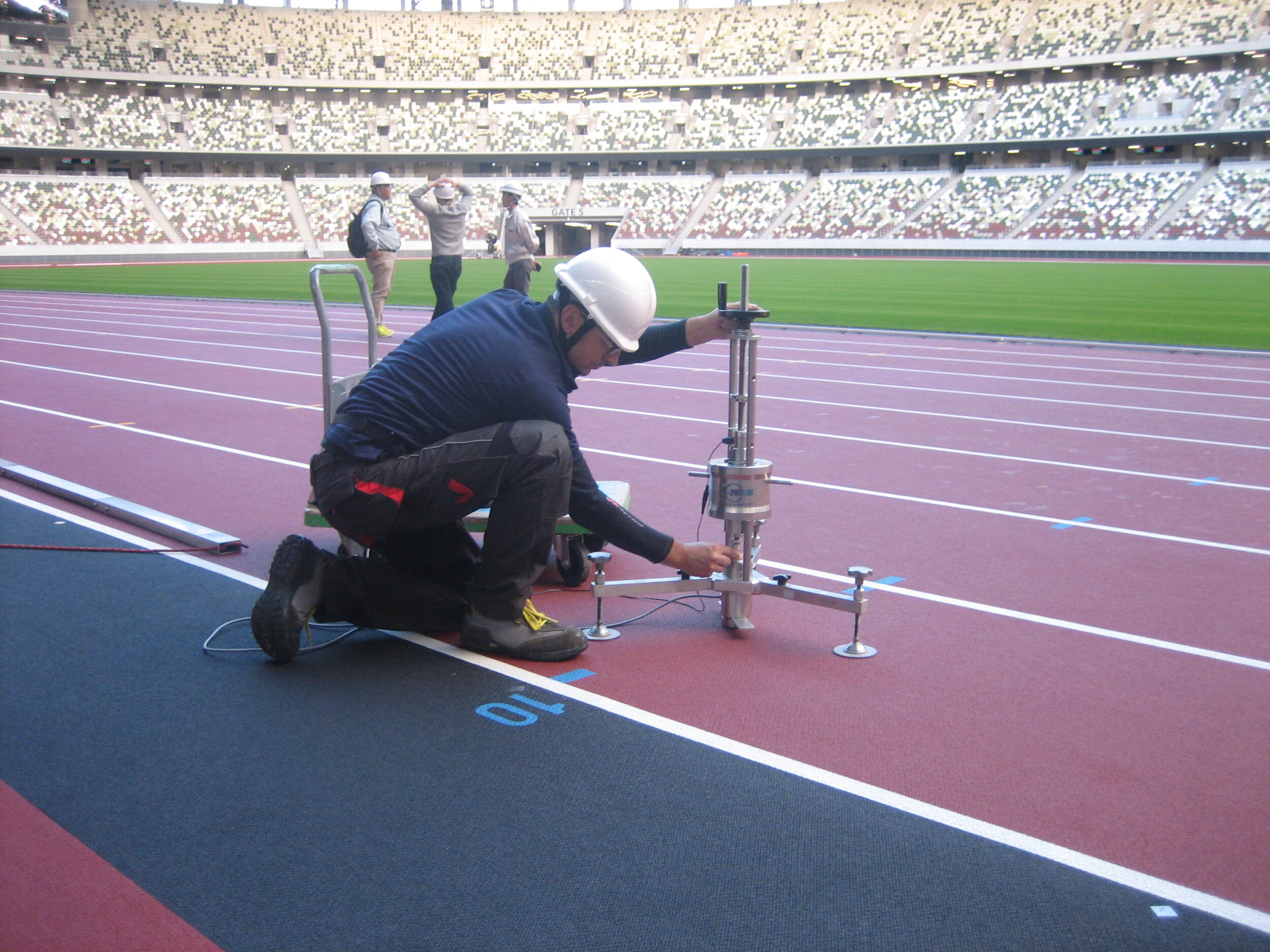Tokyo National Stadium: A Track Set for Records
The Tokyo Olympics 2020 is at last upon us, the delay as a result of Covid-19. While the world's best athletes had extra time to prepare, did you ever stop to wonder about the preparation that went into the track to guarantee all athletes a safe and fair opportunity to break records?
Sports Labs was the entrusted independent testing institute responsible for the in-situ performance testing of the track at the National Stadium in Tokyo and this article will give insight into what was required.
The purpose of testing is simple - to certify the venue is safe for all athletes and the surface will provide the ideal platform for athletes to excel. The focus was on the surface which needed to be designed and installed to support the athlete over short and long distances.
World Athletics has a quality program to protect the integrity of records and to ensure they will be ratified only if the track conforms to a stringent series of safety and performance tests.
The Tokyo track is the National Stadium and it is registered as a Class 1 venue, one that has been both in-situ performance tested as a surface and also had a dimensional survey carried out to verify the slope, distances, and ancillary infrastructure are adequate.
There are two types of certifications for tracks.
Class 2: A dimensional conformance survey used to prove the accuracy of the line-markings for position and distance.
Class 1: A measurement conformance survey to prove the accuracy of the line-markings for position and distance and testing of the running surface, as laid, to prove compliance with the performance requirements.
For an international competition or meets such as the Olympics, Rule 140 recommends Class 1 certification. It means the product used must be registered and certified as well as the facility after installation.
But before ground is broken or a track is laid, the process requires a manufacturer to have the track product laboratory tested. These include tests at varying temperatures to ensure the product shows compliance in different climates.
The Italian manufacturer and installer, Mondo S.p.A., installed the MONDOTRACK WS-TY at the National Stadium in Tokyo.
The responsibility for Sports Labs was to certify the performance testing of the surface, which looked for the following:
Visual Imperfections
Ensuring a facility has no defects such as delamination, uncured areas, or irregularities. This is important for athlete safety but also important when televised in high definition for elite competitions.
Slip Resistance (≥47 Wet)
A measurement of underfoot friction, a very important part of an athlete’s performance and foot/surface interaction during Gait. The surface texture plays a key part in providing the underfoot friction in dry or wet conditions.
Total and Absolute Thickness Depth
With more than 200 total thickness measurements taken at the venue to check the areas of minimum, maximum, and deliberately thickened areas, this tends to be more consistent in prefabricated products. Absolute thickness is also measured in the laboratory from extracted site samples and is a measurement considering 50% of the texture.
Force Reduction (35-50%)
This is a measurement of how hard a surface is compared to calibrated concrete. It is also referred to as Shock Absorption. Using the Berlin Athlete, it can't be too hard or too soft, Most importantly, it must be consistent.
Vertical Deformation (0.6 - 2.5mm)
This is a measurement that also uses the Berlin Athlete. It utilises linear vertical displacement transducers to ascertain how much the surface deforms under impact.
Evenness (6mm/3mm)
Evenness is measured with a calibrated 4m straight edge to ensure a track has no surface deviations greater than 6mm in both the longitudinal and lateral direction. This test is focused on user safety to remove the risk of undulations and tripping hazards. A 1m straight edge is also used with a tolerance of 3mm.
Tensile Strength & Elongation
This test is to ensure the polymer, binder and all components are set and cure adequately. It is important to protect the life expectancy of the track and the tolerances vary for product type porous (≥0.40MPa/40%) or non-porous. (≥0.50MPa/40%). Samples are extracted from the site and tested in a Sports Labs laboratory.
Drainage
No surface water should be above the texture of the track after 20 minutes of free draining.
Conditions for New Records
Every athlete has their surface preference, but a track that is consistent in depth, shock absorption, and underfoot friction is ideal. Elite athletes commonly lean toward a track that has high energy restitution and sits closer to the minimum tolerance for Shock Absorption and Vertical Deformation.
Future Innovation
User feedback and athlete perception is becoming more important to manufacturers. Technologies that work to categorise feedback are becoming more widely available, including athlete feedback apps, built-in track sensor technology, and wearable technologies that collect multiple streams of data. Developments may come from test methods like the inclusion of Energy Restitution or refined tolerances on existing tests. This might be needed as innovation, manufacturing, and installation techniques drive forward.
The world is watching the Olympics and the remarkable stories of success coming out of Tokyo. Sports Labs is humbled and honoured to play a role in this historic event.
Sports Labs Test Team at Tokyo National Stadium: Gastone Cristini (ITALY) & Neale Lees (UK).
